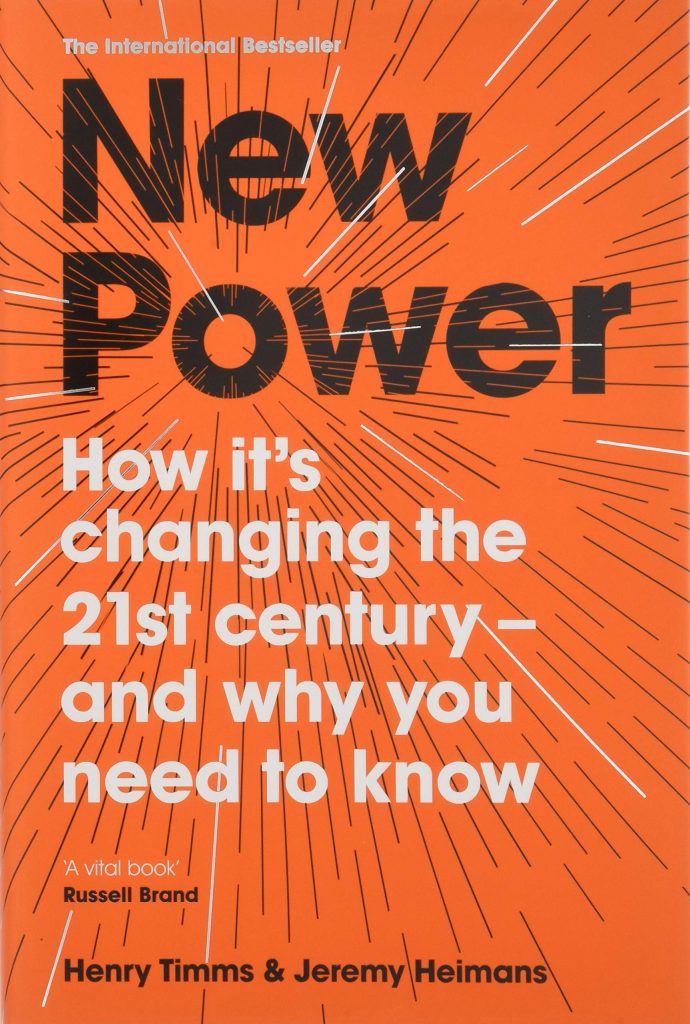

Tom Kirk introduces his new chapter for the How Change Happens’ 2nd Edition, published last week.
When I was invited to contribute a chapter on digital activism, I jumped at the chance. Who wouldn’t want to see their name and thoughts on arguably one the most important developments for activists in a generation alongside Duncan’s own? Even more so given his self-confessed ‘grumpy old technophobe’ (lack of) understanding of the opportunities and pitfalls it presents.
But pretty soon, my excitement gave way to puzzlement:
First and foremost, where do the borders of online activism and offline tactics lie and is it even appropriate to distinguish between them any more? Terms like ‘digital native’ and ‘chronically online’ have arisen to capture the sense that many people do not separate their online identities and activities from their offline ones. Of the 66% percent of the world’s population with internet access, on average, people spend 6.5 hours on the internet every day, according to the Global Web Index. This figure rises by 2.5 hours for those between 16 and 25. For many, it now seems silly to claim they are somehow somewhere else or less relevant to their lives and well-being when they are, to borrow from cyber punk, ‘jacked-in’.
In the chapter, my answer to this new reality is to accept the blurring of these boundaries and borrow a rather clunky phrase from academia: ‘digitally mediated activism’. It allowed me to explore the range of change processes that use ICTs, from instant messages and shared cloud computing applications to social media posting, citizen journalism, funding drives and ‘hacktivism’ (described later). All enable communication at speeds unthinkable a few decades ago, allowing activists to connect and express themselves and lowering the costs to participation. The last two factors in particular have been the focus of academics who have sought to study what is unique about such activism.
Next, I wrestled with how to get a handle on a digitally mediated activism scene within which tactics and responses evolve at a pace that is impossible to keep up with. For example, think about how activists have moved from signalling their support for causes by changing their social media profile pictures, to participating in mass evidence gathering initiatives to document war crimes and coordinated distributed denial-of-service attacks.
In the end, I focussed on the period from the turn of the century to the start of Russia’s 2022 escalation of its invasion of Ukraine. And I sought to balance explorations of the tactics used by a mixture of well-known social movements such as #MeToo and #BLM, with those used by less famous activists highlighting hypocrisies, fighting sexism and changing legislation. This is a necessarily imperfect selection, but I believe it captures something of the breadth of what digital activism consists of and can achieve, and the causes of the ‘techno-optimism’ many felt until the late 2010s.
It also encompasses the fight back by those players who activists often target, from online trolls and anti-progressive movements to states and the companies that harness ICTs to enable them to monitor and sanction activists. There is now something of a digital arms race between these forces, with little certainty about how (and if) it will end.
The last major challenge was to wrap all of this activity up in How Change Happens’ Systems and Power approach. For the former, the chapter overviews the uneven and often troublesome spread of the internet to argue that the possibilities for digitally mediated activism sit within multiple wider ecosystems. Each contains actors, laws, populations, infrastructures, power inequalities and norms that activists must be aware of when hoping to harness the power of digital tools.
These are most aptly captured by the notion of a ‘digital divide’ that is about more than simply access and, increasingly, mirrors other ways in which societies are all too often stratified, such as by gender or culture.

To explore how Power might be built or challenged by digitally mediated activism, I turned to a wonderful book by Henry Timms and Jeremy Heimans. Between them, they have launched numerous digitally mediated activist initiatives and organisations, including ‘Giving Tuesday’, ‘GetUp!’ and ‘Purpose’. Their resulting ‘New Power/Old Power’ framework provides a compelling lens for exploring what excited the techno-optimists. Without giving too much away, they posit that contests between these ways of organising occur in an era within which:
‘Old Power works like a currency. It is held by a few. It is closed, inaccessible and leader-driven. It downloads and it captures … [whilst] …. New Power operates differently, like a current. It is made by many. It uploads, and it distributes. The goal with new power is not to hoard it, but to channel it.’
For action-oriented change makers, their framework explores how and when they should seek to harness digital crowds. And, most importantly, when they probably shouldn’t (clue, it’s all about being willing to let go of control). But there are (of course) ultimately no linear paths to building an online community and ‘going viral’. As with the rest of How Change Happens’ advice, activists’ are encouraged to make small bets, learn from feedback and accept a healthy measure of failure before they discover anything resembling the secret sauce.
In conclusion, I hope that my snapshot of what digital activism looks like, the debates over its effectiveness and some emerging guidelines for how to take part is of use. I for one will be watching to see what new tactics those harnessing ICTs come up with.